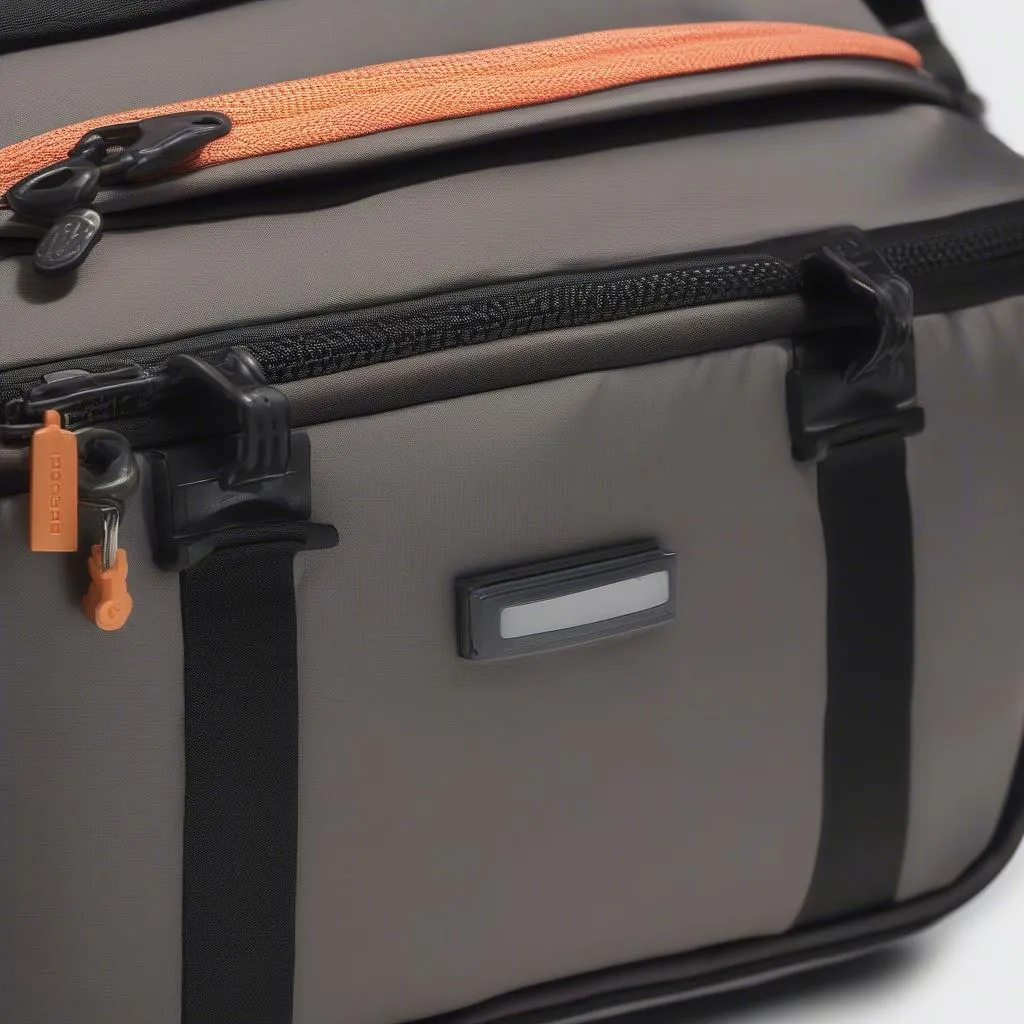The dreaded “Service Brake System” warning light on your 2003 GMC Sierra can be a real headache. This article will guide you through diagnosing and potentially fixing the issue, offering expert advice and practical solutions to get you back on the road safely. We’ll cover everything from simple checks to more complex diagnoses, empowering you to take control of the situation.
Similar to a prius bad battery, a faulty brake system can leave you stranded. Let’s delve into the possible causes of this warning light in your 2003 GMC Sierra.
Understanding the “Service Brake System” Warning
The “Service Brake System” warning is a general alert that something isn’t right with your braking system. It’s crucial to understand that this warning can stem from various issues, ranging from low brake fluid to more severe problems like a failing master cylinder or ABS module. Ignoring this warning is extremely dangerous and could lead to brake failure.
Common Causes of the Warning Light
- Low Brake Fluid: This is the most common and easiest to check. A leak in the brake lines or a worn brake pad can cause low fluid levels.
- Faulty Brake Sensor: Your Sierra has sensors that monitor various aspects of the brake system. A malfunctioning sensor can trigger the warning light even if there’s no actual problem.
- Worn Brake Pads: As brake pads wear down, they can trigger the warning light, especially if they’re excessively worn and approaching the metal backing plate.
- ABS Issues: Problems with the Anti-lock Braking System (ABS), such as a failing module or sensor, can activate the warning light.
- Master Cylinder Problems: The master cylinder is the heart of the braking system. A leak or internal failure can lead to a loss of braking power and trigger the warning light.
- Parking Brake Engaged: Sometimes, the warning light can illuminate if the parking brake isn’t fully disengaged.
Diagnosing the Problem
Diagnosing the issue requires a systematic approach. Start with the simplest checks first:
- Check the Parking Brake: Ensure the parking brake is fully released.
- Check Brake Fluid Level: Open the hood and locate the brake fluid reservoir. The fluid level should be between the minimum and maximum marks.
- Inspect Brake Pads: Visually inspect the brake pads through the wheel spokes. If they appear excessively thin, they likely need replacing.
Like checking if you have a prius bad battery, inspecting the brake fluid level is a crucial first step.
Advanced Diagnostic Techniques
If the basic checks don’t reveal the problem, more advanced diagnostics might be necessary:
- Scanning for Codes: Using a diagnostic scanner can pinpoint the specific fault code triggering the warning light, providing valuable clues for further troubleshooting.
- Checking Brake Lines: Inspect the brake lines for leaks or damage.
- Testing the ABS System: A professional mechanic can test the ABS system components to identify any malfunctions.
Solving the Problem
Once you’ve identified the cause, you can take appropriate action:
- Adding Brake Fluid: If the fluid is low, add the correct type of brake fluid to the reservoir. Remember to address any leaks causing the low fluid.
- Replacing Brake Pads: Worn brake pads require replacement. This is a relatively straightforward job that can be done at home with basic tools.
- Repairing or Replacing Brake Lines: Damaged brake lines should be repaired or replaced by a qualified mechanic immediately.
- Addressing ABS Issues: ABS problems can be complex and often require professional diagnosis and repair.
- Master Cylinder Repair or Replacement: A failing master cylinder is a serious issue and requires immediate attention from a qualified mechanic.
Just as you might need to find out where can i get a battery for my key fob, knowing where to get quality brake parts is important for a safe repair.
Expert Advice from John Davis, ASE Certified Master Technician
“Ignoring the service brake system warning is incredibly risky. It’s like driving blindfolded. A seemingly minor issue can quickly escalate into a dangerous situation.”
Conclusion
The “2003 GMC Sierra Service Brake System Warning” shouldn’t be ignored. By systematically checking the potential causes and seeking professional help when needed, you can ensure your Sierra’s brakes are in optimal condition, keeping you and your passengers safe on the road. Addressing the issue promptly can prevent more costly repairs down the line and most importantly, avoid a potentially dangerous situation. Similar to choosing the right bluetooth for car radio, selecting a qualified mechanic is essential for your safety.
FAQ
- What does the “Service Brake System” warning light mean? It indicates a problem within your braking system, ranging from low fluid to more serious issues.
- Is it safe to drive with the warning light on? No, it’s highly dangerous. Get your brakes inspected immediately.
- Can I fix the problem myself? Simple fixes like adding brake fluid are possible, but more complex issues require professional help.
- How much does it cost to fix the brake system? The cost depends on the specific problem and can range from a few dollars for brake fluid to hundreds or even thousands for major repairs.
- How often should I check my brake fluid? Check your brake fluid level at least once a month as part of your regular vehicle maintenance.
- What type of brake fluid does a 2003 GMC Sierra use? Consult your owner’s manual for the specific type recommended for your vehicle.
- Where can I find a qualified mechanic to inspect my brakes? Seek recommendations from trusted sources or look for ASE certified mechanics. Checking if they can will best buy install car radio or similar tasks might also provide insights into their expertise.

